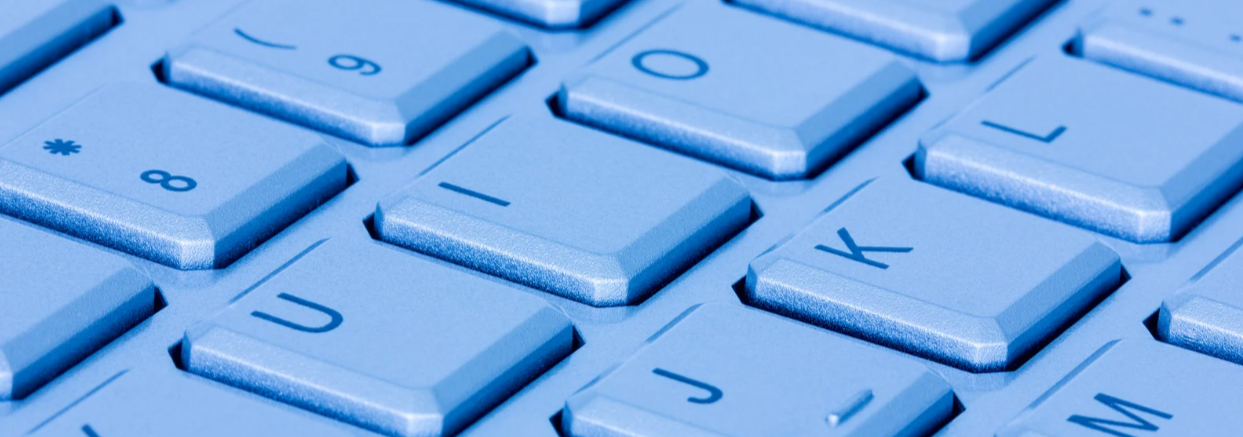Tech Hygiene: Clean Shared Electronics Safely
In today’s workplace, shared keyboards, phones, and touchscreens are essential tools. Unfortunately, they are also ground zero for germs. If you view cleaning technology as just dusting, you are putting your team’s health and your expensive hardware at risk.
For business managers and home office users in the Triad, high-tech hygiene is a non-negotiable part of asset management. This guide provides the professional protocol to sanitize electronics safely and effectively.
1. The Germ Vector: Why Tech Is a Top Contamination Spot
The cleaning process for electronics is fundamentally different from cleaning a desk. That is because the plastic and glass surfaces of our devices are high-touch points that rapidly transmit pathogens.
Keyboards, for instance, often harbor more bacteria than other common surfaces due to crumbs, skin cells, and infrequent cleaning. Shared office phones and copier touchscreens are also prime contamination points.
For businesses, a documented cleaning protocol is essential for facility risk management and demonstrating due diligence, especially concerning seasonal illness outbreaks.
2. The Professional Protocol: Clean Then Disinfect
Proper sanitation requires a precise, two-part strategy to ensure hardware safety.
Preparation: Power Down First
Before applying any cleaning solution, you must always turn off and unplug electronics. This single step prevents accidental data entry, short circuits, and electric shock.
Step One: Cleaning (Dirt and Debris Removal)
Disinfectants are ineffective when caked in dirt. Therefore, cleaning must happen first.
Use canned or compressed air to dislodge loose dust, debris, and crumbs from keys and vents. Ensure you hold the canister upright to prevent moisture release.
Follow up by using a microfiber cloth slightly dampened with water to wipe away visible grime.
Step Two: Disinfection (The Germ Kill)
The goal here is sanitation without moisture damage. The gold standard for electronics is Isopropyl Alcohol (IPA).
Tool Choice: Use a disinfecting wipe or a cloth dampened with a solution containing at least 70% Isopropyl Alcohol (IPA). IPA effectively kills pathogens and evaporates quickly, minimizing moisture risk.
3. Protecting Your Investment: Do’s and Don’ts
Expensive hardware requires specific attention to avoid damage that can void warranties and incur costly replacements.
Keyboards and Vents
Do: Use canned air to blow debris away from the user and the computer. Clean keys with 70% IPA wipes.
Do Not: Spray any liquid directly onto the keys or housing. Do not use excessive moisture, which can pool under the keys.
Touchscreens and Monitors
Do: Use a microfiber cloth and a gentle, ammonia-free cleaner formulated specifically for screens. IPA is generally safe for glass screens (like tablets) but may damage some plastic monitor coatings.
Do Not: Use bleach, peroxide, ammonia, or solvents, as these can strip anti-glare coatings.
Copier and Scanner Glass
Do: Use an ammonia-free glass cleaner on a lint-free cloth. This protects the internal optics.
Do Not: Use abrasive cloths or paper towels, which can scratch the glass and impair scanning quality.
4. Lifespan and Fire Risk: Why Dusting Matters
Professional hygiene is not just about germs; it’s about asset longevity and facility safety.
The Overheating Threat
Dust acts as an insulating blanket, trapping heat inside CPUs, power supplies, and copier vents. This leads to component overheating, throttling performance, and ultimately shortening the lifespan of your expensive equipment.
Fire Prevention
Thick dust buildup, especially when combined with electrical arcing in older equipment, increases the risk of a fire. Regular, thorough compressed air cleaning of external vents and housings is an essential fire prevention measure. Professional janitorial services include this kind of proactive dust removal, linking facility hygiene directly to IT asset protection.
Ready for a Higher Standard of Hygiene?
Sanitizing and maintaining high-tech equipment requires knowledge, specialized tools, and consistency, a burden that few internal teams have time to manage.
If you are ready to protect your team’s health and safeguard your hardware investment in Greensboro, Burlington, and High Point let the experts handle the protocol.
For Businesses: Learn more about our specialized commercial cleaning services that integrate high-tech sanitation into your routine service.
For Home Offices: Explore our residential services and custom options for comprehensive home office organization and hygiene.
